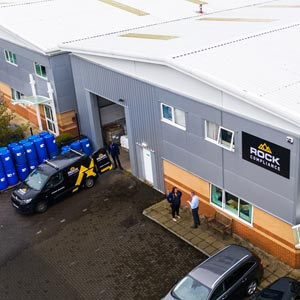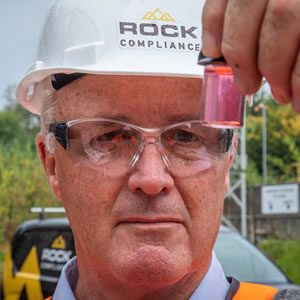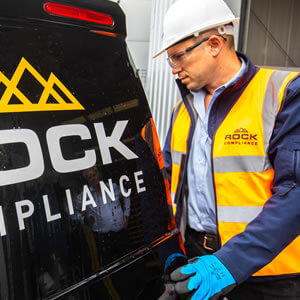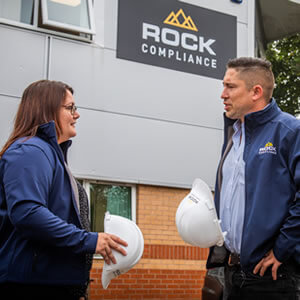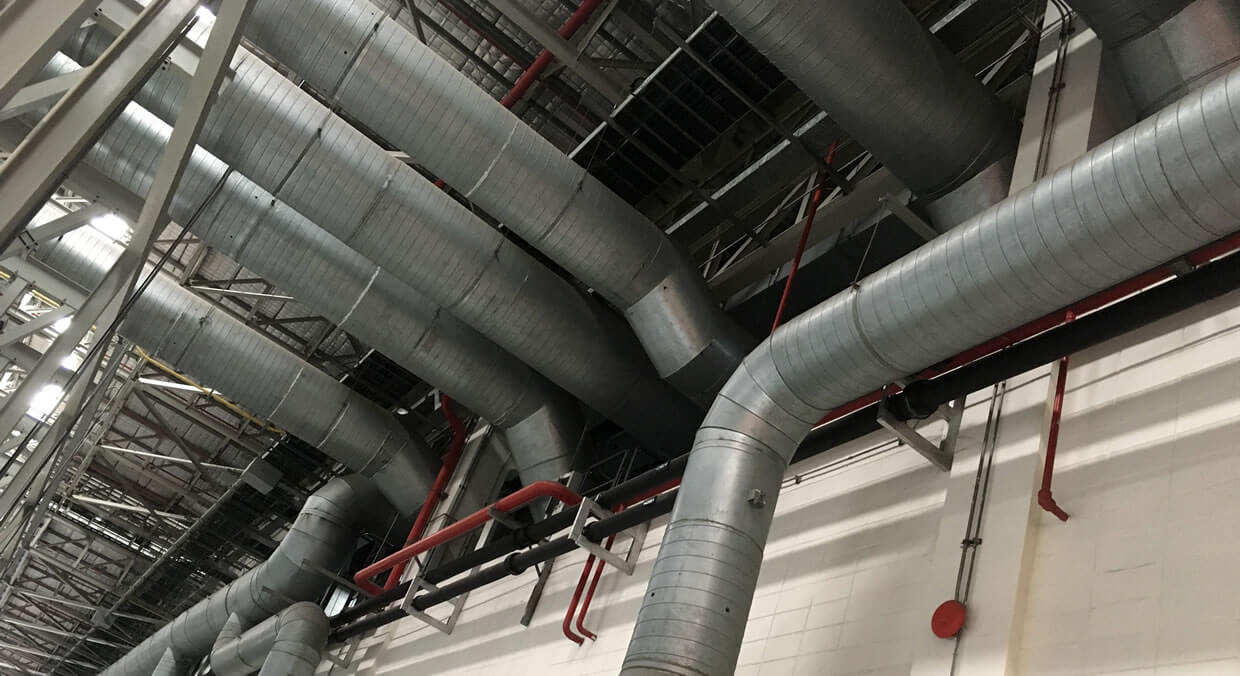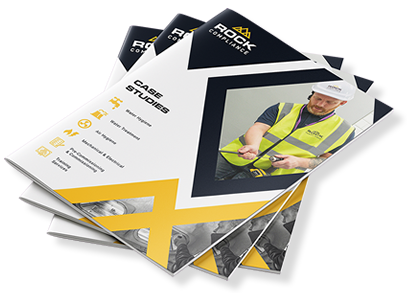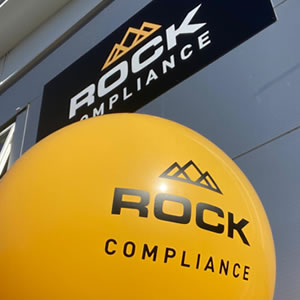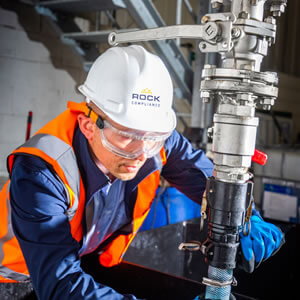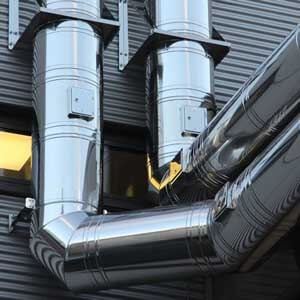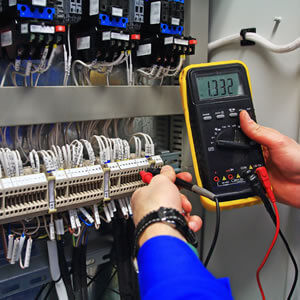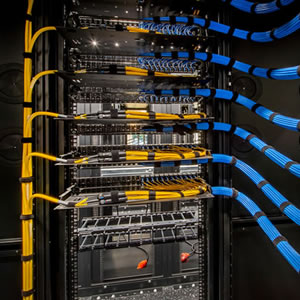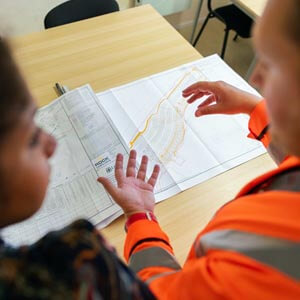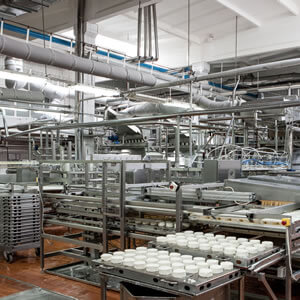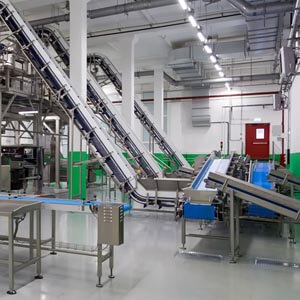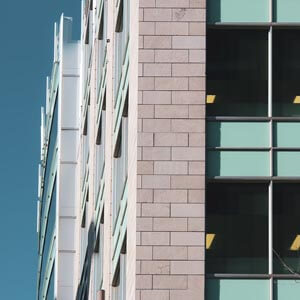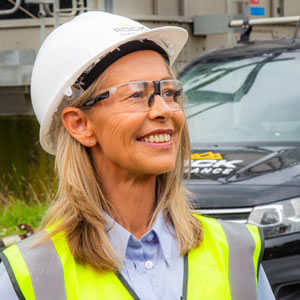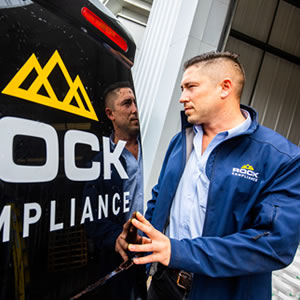Annual inspection, monitoring and testing
The Building and Engineering Services Association (BESA) recommends that you inspect, monitor and test your ventilation system at least annually. However, frequency can vary depending on the quality of the air supply, the level of filtration, and the sensitivity of the serviced area.
At Rock Compliance, our engineers carry out the two surface contaminant monitoring methods recommended by BESA:
- Deposit Thickness Test (DTT)
- Vacuum Test (VT)
The DTT measures the pre-clean thickness of the contaminants on the surface of the ductwork. The VT weighs post-clean contaminants taken from the system. Samples must be taken at various locations in the ductwork to establish a mean reading. It is important to engage a specialist contractor like Rock Compliance with the skills, training and equipment to gain safe access to the ductwork and take the required readings.
An end-to-end service
Rock Compliance works with you to establish a suitable monitoring regime that guarantees the quality of air flow in your building. We can also advise you on the next appropriate course of action if your ventilation system requires cleaning or remedial attention.
Another key point to note is that we can assist with any mechanical modifications to improve air handling efficiency as a result of our findings and recommendations.
